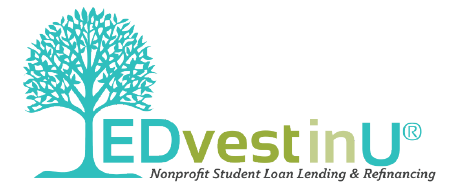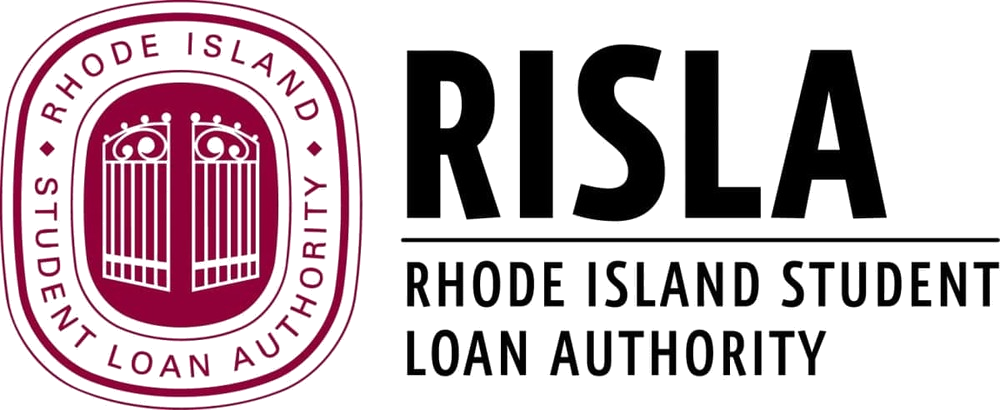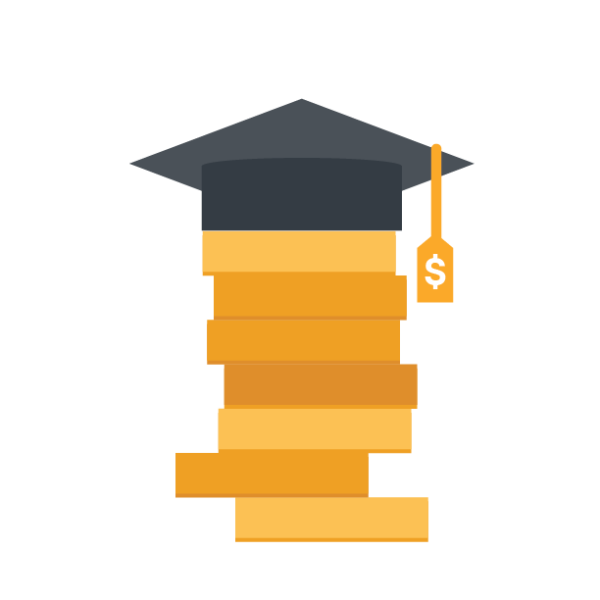Our goal is to give you the tools and confidence you need to improve your finances. Although we receive compensation from our partner lenders, whom we will always identify, all opinions are our own. Credible Operations, Inc. NMLS # 1681276, is referred to here as "Credible."
There are countless reasons why student loans might be a financial strain — for example, maybe you’ve run into financial hardship, lost your job, or had an unexpected injury or illness. If you can’t keep up with your monthly payments and need student loan help, there are programs and resources available.
It’s important to reach out for help before you miss any of your student loan payments, as being delinquent or defaulting on your loans could lead to fees, damage to your credit, or other penalties.
Here’s how you can find help with federal or private student loan debt:
- Always start with calling your student loan servicer
- How to get help with federal student loans
- How to get help with private student loans
- Free help navigating federal and private student loan repayment
You should always start with calling your student loan servicer
Regardless of if you have federal or private student loans (or both), your first step should be to call your student loan servicer if you think you’ll miss a payment. You might need to contact multiple servicers if you have a mix of federal and private student loans.
When you call, explain your situation and ask about your options. For example, you might be able to pause your payments, qualify for a lower payment, or receive other assistance. If you have federal student loans, you could sign up for income-driven repayment. Calling is the best way to find out what help is available for you.
If you can’t find any of your statements, you can also get a copy of your credit report to see which company is reporting your student loan balance.
Learn More: Private Student Loans & COVID-19: What You Need to Know
Here’s how to get help with federal student loans
If you need help with federal student loans, here are some options depending on your situation:
- When your payments are too high
- When you might qualify for forgiveness
- When you need to pause your student loan payments
- When your student loans are in default
When your payments are too high
If your student loan payments are too much to handle, an income-driven repayment (IDR) plan could be a good option. On an IDR plan, your monthly payment is based on your income. And depending on the plan you choose, any remaining balance will be forgiven after 20 to 25 years.
Here are the four IDR plans available:
- Income-Based Repayment (IBR): If you took out your loans before July 1, 2014, your payments will generally be 15% of your discretionary income, and any remaining balance will be forgiven after 25 years of payments. For loans newer than this, your payments will generally be set at 10% of your discretionary income, and any remaining balance will be forgiven after 20 years.
- Pay As You Earn (PAYE): On the PAYE plan, your monthly payment will be 10% of your discretionary income, and any remaining unpaid balance will be forgiven after 20 years.
- Revised Pay As You Earn (REPAYE): Under REPAYE, payments are set at 10% of your discretionary income. If you have undergraduate loans, they’ll be forgiven after 20 years. For graduate loans, any remaining balance will be forgiven after 25 years.
- Income-Contingent Repayment (ICR): Payments are set at 20% of your discretionary income on ICR, and any remaining balance will be forgiven after 25 years.
In addition to an IDR plan, you could also consider consolidating your federal student loans into a Direct Consolidation Loan. With a Direct Consolidation Loan, you could extend your repayment term up to 30 years, which will likely lower your student loan payment.
Another option could be student loan refinancing. If you refinance, you might qualify for a lower interest rate or get a longer repayment term.
But keep in mind that by refinancing federal student loans, you’ll lose access to federal benefits and protections, including access to income-driven repayment and student loan forgiveness programs.
See Your Refinancing Options
Credible is 100% free!
When you might qualify for forgiveness
Depending on your profession, you might qualify for a student loan forgiveness program.
For example, if you work for a government or nonprofit agency, you could qualify for Public Service Loan Forgiveness after working for 10 years and making 120 qualifying payments.
Keep in mind that student loan forgiveness is only available for federal student loans. There are no private student loan forgiveness programs.
When you need to pause your student loan payments
Student loan deferment or forbearance could be a good choice if you’re experiencing a temporary financial hardship. Both programs allow you to temporarily pause your student loan payments.
Deferment
You might qualify for federal student loan deferment if you’re:
- Experiencing economic hardship
- Undergoing cancer treatment
- Enrolled in a graduate fellowship program
- Going back to school
- Serving in the military
There are also other limited situations where you might be able to have your loans deferred.
Learn More: Student Loan Deferment
Forbearance
There are two types of forbearance available: general (or discretionary) and mandatory. If you’re eligible for mandatory forbearance, your loan servicer is required to approve your request. General forbearance, on the other hand, is granted at the discretion of the servicer.
You might qualify for general forbearance if you:
- Are experiencing financial difficulties
- Have major medical expenses
- Undergo a change of employment
You could be eligible for mandatory forbearance if you:
- Serve in the AmeriCorps
- Qualify for the Department of Defense Student Loan Repayment Program
- Serve in a medical or dental internship or residency
- Are a member of the National Guard
- Must pay 20% or more of your monthly gross income to cover your monthly federal student loan payments
Other limited forbearance programs are also available. Find out more about student loan forbearance.
Learn More: Student Loan Deferment vs. Forbearance
When your student loans are in default
If you miss a federal student loan payment, your loan will be considered delinquent. Your loan will go into default if your payment is 270 days or more past due.
While you should avoid either situation, defaulting on a student loan has additional consequences, including:
- Your entire unpaid balance and interest become due immediately
- Ineligibility for future federal student aid (including federal student loans)
- Losing access to benefits such as deferment, forbearance, and income-driven repayment
You could also consider consolidating your loans into a Direct Consolidation Loan. This will pay off your defaulted loans and leave you with just one federal student loan to handle.
Before consolidating your defaulted loans, you must either agree to repay your consolidated loan under an IDR plan or make three on-time, consecutive monthly payments on the defaulted loan first.
Learn More:
- Refinancing Consolidated Federal Student Loans: Can You and Should You?
- Private Student Loan Consolidation
How to get help with private student loans
Here are a few potential options if you’re having trouble with private student loans:
- When your payments are too high
- When you need to pause your student loan payments
- When you’re in default
When your payments are too high
Student loan refinancing might be a good choice if you can’t afford your payments. When you refinance, your student loans are paid off with a new loan.
You might also qualify for a lower interest rate or choose to extend your repayment term (or both), which could reduce your monthly payment.
If you decide to refinance, be sure to shop around and consider as many lenders as possible. This way, you can find the right loan for your situation. Credible makes this easy — you can compare your rates from our partner lenders in the table below in two minutes.
| Lender | Fixed rates from (APR) | Variable rates from (APR) |
|---|---|---|
 | 4.39%+ | 3.84%+ |
 | 5.44%+1 | 5.67%+1 |
 | 6.99%+2 | 6.99%+2 |
 | 4.15%+5 | 5.22%+5 |
 | 4.88%+3 | 4.74%+3 |
 | 5.1%+4 | 7.53%+4 |
 | 4.39%+ | 4.19%+ |
 | 6.2%+ | N/A |
 | 3.99%+ | N/A |
| Compare personalized rates from multiple lenders without affecting your credit score. 100% free! |
||
All APRs reflect autopay and loyalty discounts where available | 1Citizens Disclosures | 2College Ave Disclosures | 5EDvestinU Disclosures | 3 ELFI Disclosures | 4INvestEd Disclosures | 7ISL Education Lending Disclosures | 8Nelnet Bank Disclosures |
||
When you need to pause your student loan payments
While some private lenders have forbearance or deferment programs that let you pause your payments, this isn’t universal across all lenders. For example, Sallie Mae offers deferment options for its private student loans.
If you’re interested in deferment or forbearance, contact your lender to see if either option is a possibility — or if there are any other alternatives available to you.
Check Out: How to Refinance Your Student Loans
When you’re in default
If you’ve defaulted by missing student loan payments, be sure to contact your lender to see what your options are. This might include:
- Payment plan: Generally, the best option for your credit is to try to get back into the groove of paying as agreed. Your lender might be willing to set up a payment plan to help you do so.
- Settlement: If you’re unable to make payments, your lender might be willing to take a lower payment if you can pay off part of your balance all at once. However, this could have long-term consequences for your credit that might not be worth it — even if it saves you money at the start.
Declaring bankruptcy
You might be considering bankruptcy if you can’t keep up with your student loans. However, declaring bankruptcy most likely won’t clear your student loan debt.
If you’d still like to explore your bankruptcy options, be sure to contact a student loan lawyer or bankruptcy attorney in your area that specializes in student loans. A good place to start your search for a student loan lawyer is with the National Association of Consumer Advocates.
Learn more: Statute of Limitations on Private Student Loans: State Guide
Free help navigating federal and private student loan repayment
Handling student loans can be stressful — but you don’t have to do it alone.
- If you’re still in school, contact your school’s financial aid office to learn about support for dealing with student loans.
- After you graduate, there are nonprofit organizations that could help you take control of your student loans. For example, The Institute of Student Loan Advisors Corporation offers advice for student loan borrowers. You can also contact your student loan servicer for help.
If the company charges fees for free services, asks for sensitive information, or promises immediate student loan forgiveness, there’s a good chance it’s a scam.
Be sure to trust your gut instinct — if something doesn’t feel right, don’t do it!
Keep Reading: Lenders That Will Refinance Student Loans for Non-Graduates

